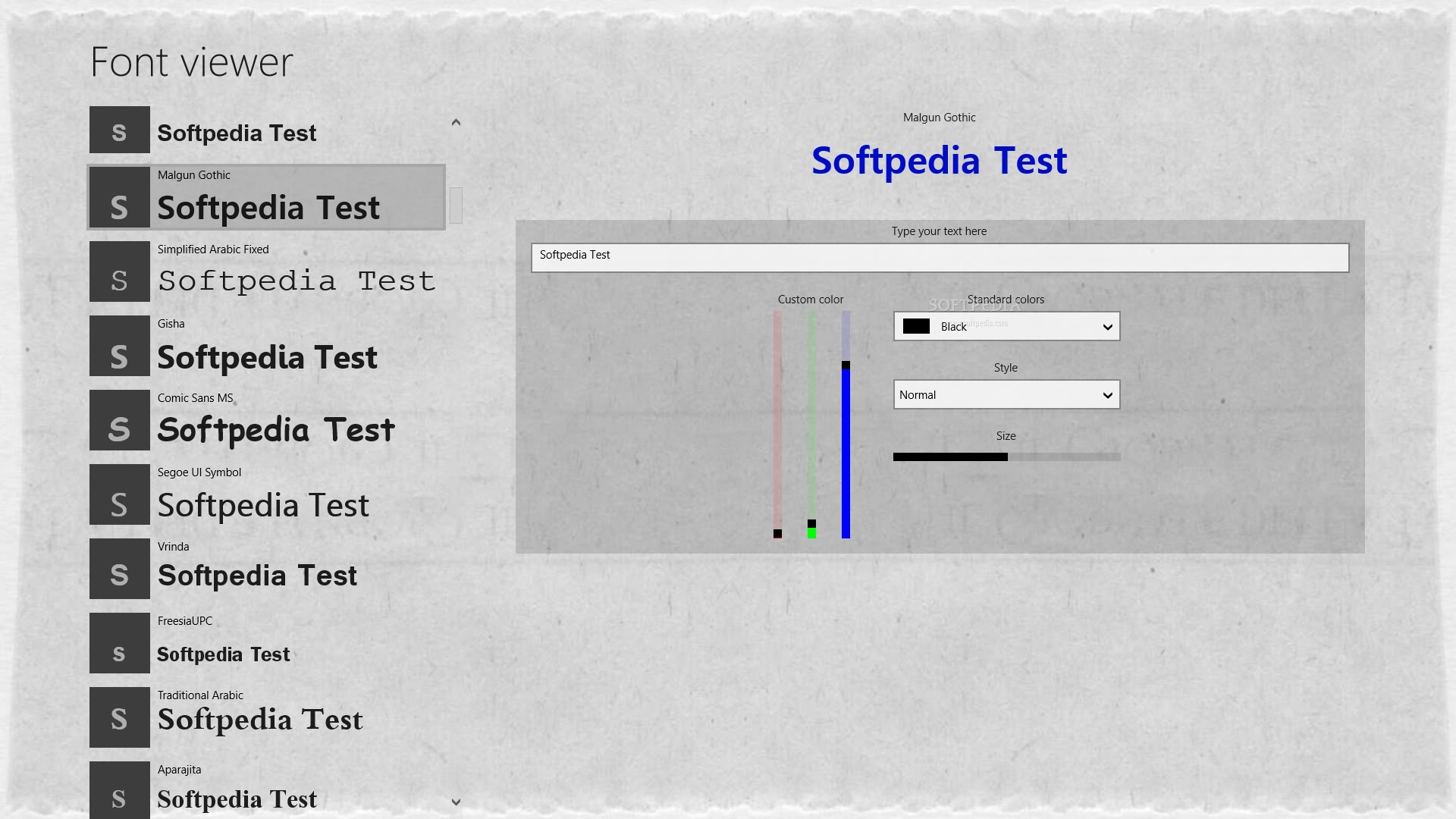

Now that you've learned some of the basics about font management, you may wish to learn more about fonts. Activating fonts, individually or in groups, only when required has clear benefits. Maintaining thousands of fonts on a system impairs the performance of the computer. Most importantly, font management software exists in order to preserve system performance and stability. Such software sorts, renames, searches, views, fixes or uninstalls corrupted fonts. Working with hundreds, or even thousands, of fonts presents the computer user with a number of challenges not least being able to find the right font for the right reason at the right time.įont management software protects system fonts to prevent accidental deletion and manages the activation of the fonts required. For people who use many fonts, graphic designers and web designers for example, there's a need for more sophisticated tools. Windows installs fonts to a specific folder and Linux generally doesn't preload fonts on a system-wide basis thereby negating the requirement for a font management tool.ĭefault font management tools are useable, but fairly basic. The macOS operating system has its own font management software, Font Book, installed by default. Font Management An example of Font Book in macOS Next, let's take a look at font management and a common font manager for Macs. These range, in order of ascendency, as follows: Many names describe the weight of a font, that is the thickness of the characters relative to their height. In the digital age, the meaning of font has changed to become synonymous with typeface such that a font file contains the variations of condensed, normal, italic and heavy. The typeface may contain the different fonts of condensed, normal, italic and heavy, for instance. Fonts Explainedīack in the days of the printing press, a font was a specific size, weight and style of a typeface. In this article, I’ll explain why you should consider using font management software and I’ll outline some of the most popular font manager packages for Windows and Mac users. When I go to the Fonts section of Control Panel, I do not see an "Install Font" option in the "File" menu, as shown in the screenshot below.If you or your business do any kind work with fonts, font management software can help you organize and manage the fonts you work with. So I'm fairly certain the files are not corrupted.

Why can't I install fonts on Windows 10? I verified the behavior with several downloaded otf and ttf font files. I have checked the Event Viewer (Application and System sections) for hints to the problem, but this error is not reported at all in the logs from what I see.I thought UAC had something to do with this, but the behavior is the same whether or not EnableLUA is set to 0 or 1 in registry. I have UAC enabled in my registry but set to lowest setting "Never Notify".When I try to install a font ( Right Click > Install), another error that reads "The file does not appear to be a valid font" is shown (screenshot below): When I try to preview a font (double click or Right Click > Preview), I get an error message that reads "The requested file is not a valid font file" as shown in the screenshot below: I'm using Windows 10 圆4 Pro and I'm unable to preview or install fonts.


 0 kommentar(er)
0 kommentar(er)
